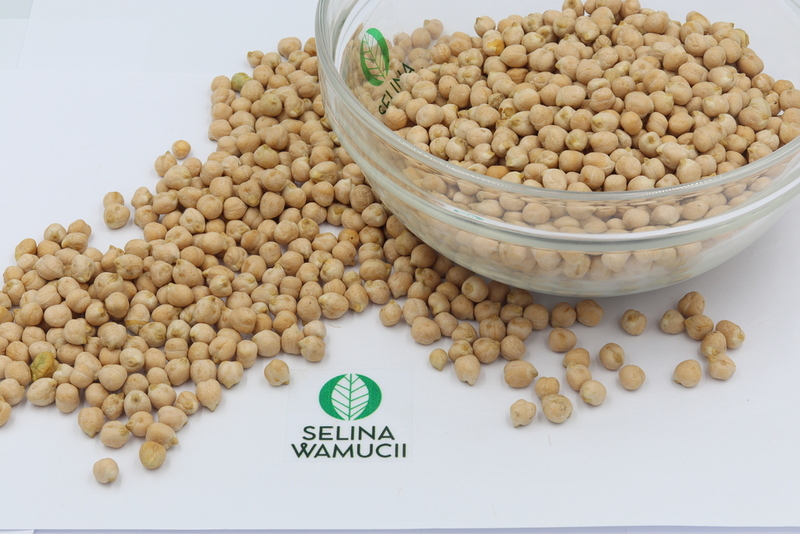Buy Tanzania Chickpeas Directly From Exporters & Suppliers - Best of 2024 Market Prices
Get Instant QuoteTanzania chickpeas (Cicer arietinum) are a combination of pulses and legumes in that they are rich in protein and produce oil. Some people call them Bengal grams, while others Ceci beans. No matter the name, the legumes do well in this East African country, particularly the Desi variety. They are common additions in local wali and pilau, both of which are rice-based meals.
The pulse has been growing since 5500 B.C., in the Middle-east. It also existed in more civilized times around 3500 B.C., in the islands of Greece and Crete. It may have come to Tanzania at the same time as beans in the 1700s A.D.
We source Tanzania chickpeas from the lake region of Mwanza as well as the northern area around Moshi. We have mostly the Desi variety from farmers in these two locales. We only deal with family growers with the easily-manageable one or two acres of land. They cultivate their crops through farmyard manure and keep away from farm sprays.
With a starch concentration of 27.42 grams per 100-gram serving, this is a rich, energetic food crop that can substitute cereals. The dietary fiber level is also reasonably high at 7.6 grams per serving, which makes it a good food crop to combat indigestion. Protein for bodybuilding purposes is too high at 8.86 grams per serving. The level of folate is 43 percent while that of thiamine goes for 10 percent in each serving. The mineral content constitutes iron for sharpening brain function at 22 percent while phosphorous stands at 24 percent. Zinc, essential for wound healing is 16 percent per serving.
We harvest Tanzania chickpeas when they are about 3 to 4 months’ old after planting them. We go for plants whose leaves have yellowed, and the greenish-brown pods are bloated with seeds. We pick them by a combination of a sickle for holding the stalks and hand for picking them. We take the harvest to the sorting area for hulling the peas from the pods.
We pack Tanzania chickpeas in designate produce boxes and horizontal cartons. Our basic carton weight capacity is 9.5 kilograms. However, you can opt for the more flexible and larger cartons with capacities of 12 to 14 kilograms per package. For bulk shipping, we provide the peas in protective polyurethane bags that have a capacity of between 25 and 50 kilograms. We finalize packing by including labels featuring the date of packing, the name/variety, the country of origin and the net weight.
We store Tanzania chickpeas when they have a low moisture level of less than 14 percent. If at the harvesting date the seeds are wet, we strive to bring down the water levels from the average 18 percent to 14 percent by air drying. We maintain cold room temperatures of 10 degrees Celsius.
We keep the same temperature range during the transportation of the chickpeas’ cargo to the Julius Nyerere International Airport, Dar-es-Salaam courtesy of our special delivery vans. You can expect the shipment to touch down in your city in a day or two after dispatch.
Thus, you now have a ready and reliable supplier of Tanzania chickpeas with an affinity for family-grown produce. We source the peas from farmers in the northern region around Lake Victoria who has acquired Global Good Agricultural Practices (GAP) certifications. All our produce, therefore, contains less than 0.01 percent of the chemical residual levels and is thus readily acceptable abroad. Regarding tonnage, we maintain a year-round crop with our different farmers who ensure that there is always a surplus to meet your quantity. Furthermore, our pocket-friendly prices are a product of giving priority to our clientele. Make an order today!
Get Instant Quote
Are you a producer of Tanzania Chickpeas or other products?
Sign up today for FREE to buy or sell Tanzania Chickpeas.





